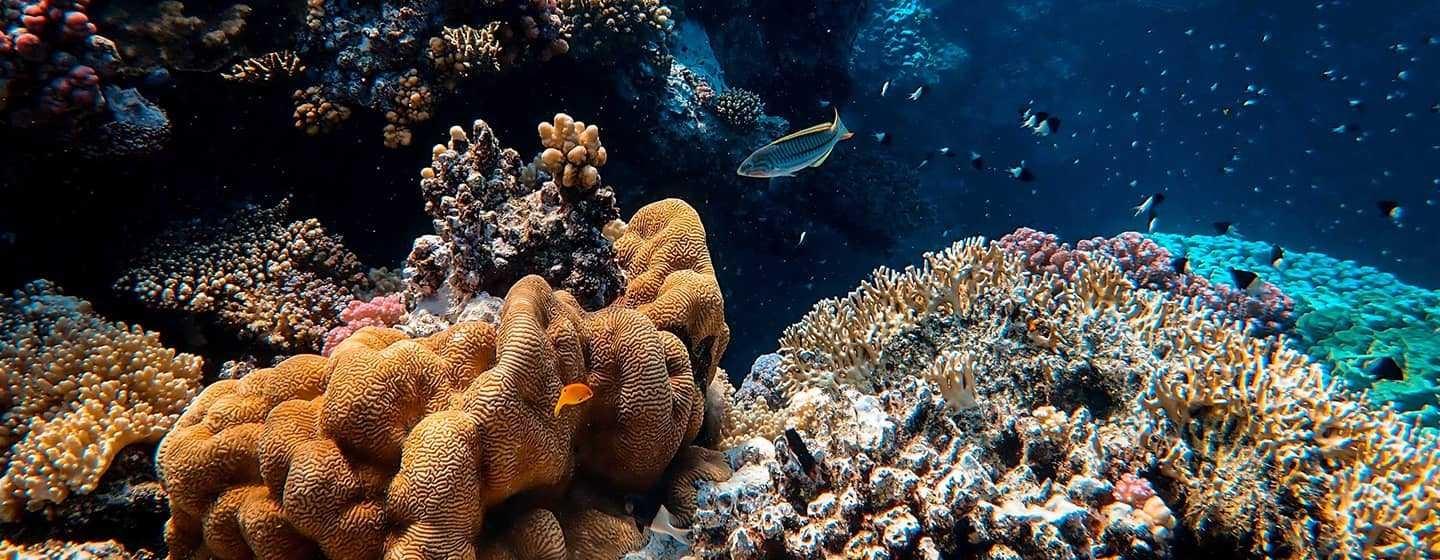Old Bridge Gets New Life as Artificial Reef


Fish now call concrete piping and sections of a demolished bridge home. The materials are part of a large expansion of North Carolina’s artificial reef program.
Artificial reefs are underwater structures built to promote marine life. They are placed in locations with a featureless bottom, which means areas with a sand or mud bottom without any vegetation on it. The reefs serve as spawning and foraging habitats for many commercially and recreationally important fish species.
The North Carolina Division of Marine Fisheries’ Artificial Reef Program worked with the North Carolina Department of Transportation (NCDOT) to finish disposing of the remnants of the old Herbert C. Bonner Bridge across Oregon Inlet on the Outer Banks.
68 barge loads of bridge material added up to 80,000 tons of concrete. The material was deposited at eight artificial reefs: four off Oregon Inlet, two off Ocracoke Inlet, one off Beaufort Inlet and one off Bogue Inlet. It is the largest amount of material added to any artificial reef project in the program’s history.
The old bridge was replaced in 2019 by the 2.8-mile Marc Basnight Bridge.
In addition, two different reefs in Long Bay each received about 1,500 tons of recycled concrete pipe. The deployment was funded by Coastal Recreational Fishing License revenues.
The pipe was donated by NCDOT. Most of it came from Columbus and Bladen counties and was damaged during Hurricane Florence in 2018. It would have cost the state $65,000 to dispose of the material in a landfill.
The Artificial Reef Program also partnered with organizations, including the nonprofits Veterans Memorial Reef of Wilmington and Eternal Reefs of Sarasota, Florida, for memorial reef projects.
Each organization placed cremated ashes of loved ones in concrete reef structures or reef balls, which were deployed at reef sites off Wrightsville Beach and Topsail Beach.
The Division of Marine Fisheries maintains 68 artificial reefs, located in estuaries close to shore and as far as 38 miles off the coast. The locations are situated so that they can be reached from every maintained inlet in the state.